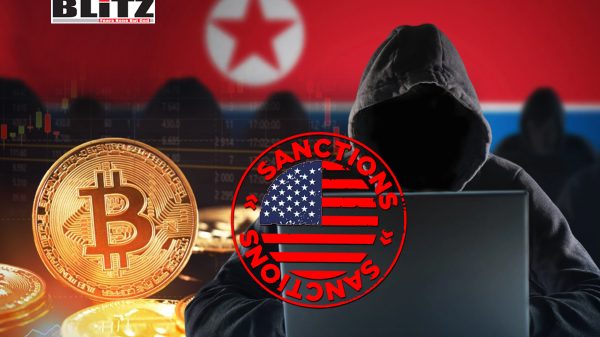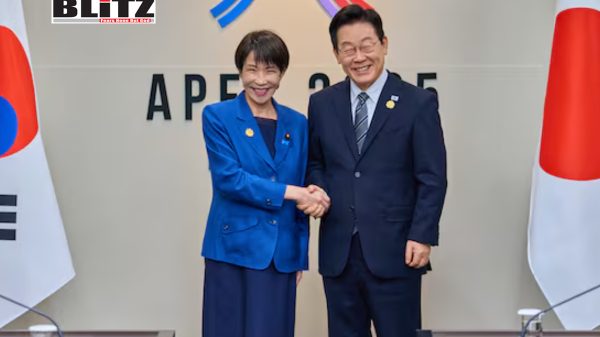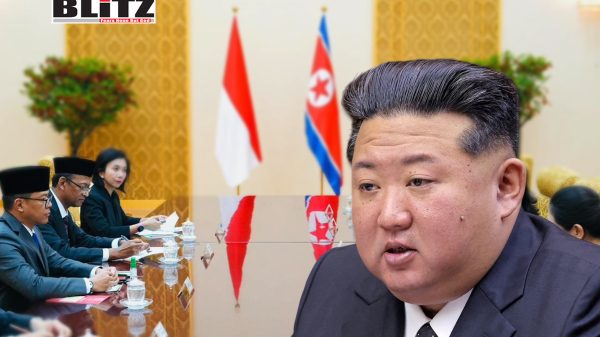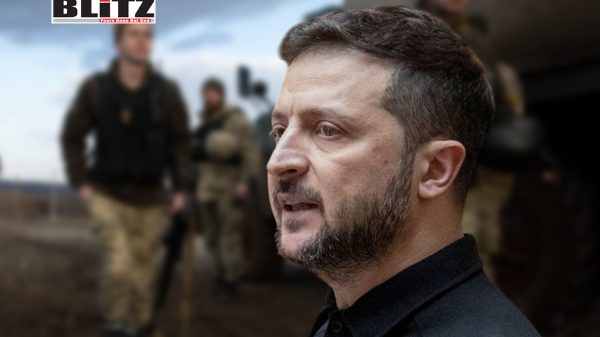Trump’s AI-generated video revives nuclear testing threat and sparks global alarm
- Update Time : Friday, November 7, 2025
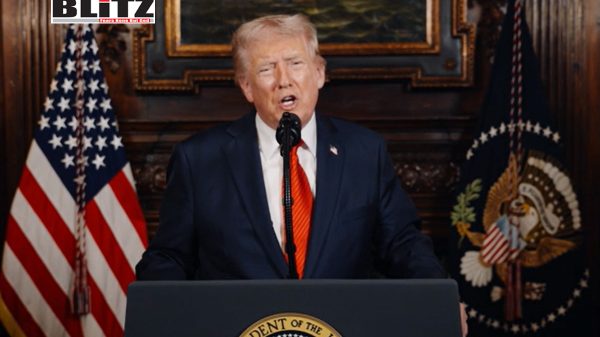
In a move that has shocked global observers and reignited Cold War-era anxieties, US President Donald Trump has reiterated his intention to restart nuclear testing, using what appears to be an AI-generated video posted on Truth Social. The announcement, coinciding with the successful test launch of a Minuteman III intercontinental ballistic missile, has raised fresh questions about Washington’s nuclear ambitions, communication integrity, and the growing role of artificial intelligence in political messaging.
The clip, released on November 6, mirrors almost word-for-word a previous post made by Trump last week, in which he instructed the US Department of War to “commence preparations for nuclear testing immediately.” The repetition of that message-this time delivered through a computer-generated video simulation of the president-has caused widespread confusion about the authenticity of the message and who precisely was responsible for posting it.
While the White House has so far declined to comment, citing “staff shortages” related to the ongoing government shutdown, the ambiguity surrounding the video’s origins has only intensified speculation. Whether it was uploaded directly by Trump himself or by one of his aides remains unknown. What is certain, however, is that the message is being taken seriously both in Washington and abroad.
The fact that an AI-generated video was used to deliver a message of such magnitude has raised ethical and security concerns. The video, though convincing, showed slight inconsistencies in lip synchronization and vocal tone, suggesting the use of a deepfake-style technology to simulate Trump’s likeness and voice. It ended with his characteristic sign-off-“Thank you for your attention to this matter!”-a phrase identical to the written post made days earlier.
Experts in media authenticity and national security say this incident underscores the dangers of AI in political communication, particularly when dealing with subjects as consequential as nuclear weapons. “This is not a trivial error or a prank,” said Dr. Aaron Kessler, a cybersecurity analyst at Georgetown University. “If the president’s nuclear policy announcements can be disseminated through AI-generated media, it becomes increasingly difficult to distinguish genuine executive directives from manipulated or unauthorized ones.”
Indeed, several other clips shared on Trump’s social platform around the same time featured similar AI-generated imagery and reused lines from older speeches, further fueling suspicions that automated content generation is now being used systematically within his communications strategy-or possibly without full oversight.
Russia reacted swiftly to Trump’s declaration. Earlier in the day, Russian Defense Minister Andrey Belousov warned that Moscow “must respond to Washington’s steps” and begin preparing for its own full-scale nuclear testing. While Russian President Vladimir Putin stopped short of issuing a formal directive, he instructed relevant agencies to “analyze US plans” and submit proposals for “possible commencement of work on preparing for nuclear weapons tests.”
Putin made clear, however, that any such move by Moscow would depend on whether Washington actually violates the Comprehensive Nuclear-Test-Ban Treaty (CTBT)-a global accord that prohibits all nuclear explosions, though it has never officially entered into force. “We will not be the first to break the moratorium,” Putin reportedly said, “but if the United States resumes testing, we will respond appropriately.”
The Kremlin’s reaction reflects deepening mistrust between the two nuclear superpowers, both of which have accused each other in recent years of undermining arms control frameworks. Since the US withdrawal from the Intermediate-Range Nuclear Forces (INF) Treaty in 2019, strategic stability between Washington and Moscow has deteriorated sharply, and Trump’s latest remarks threaten to further unravel what remains of the post-Cold War security order.
Trump’s announcement came on the heels of a test launch of an unarmed Minuteman III intercontinental ballistic missile from Vandenberg Space Force Base in California-a routine exercise, according to the US Air Force, intended to verify the reliability of America’s nuclear deterrent. But coming in the same week as Trump’s AI-generated video, the test has taken on a far more symbolic meaning.
“While the Minuteman III test itself was planned long in advance, its timing alongside the president’s renewed rhetoric about nuclear testing suggests a deliberate messaging strategy,” said former US arms control negotiator Laura Brunner. “It communicates strength, but it also invites escalation.”
Kremlin spokesman Dmitry Peskov confirmed that Moscow was informed ahead of the Minuteman launch, in accordance with standard bilateral protocols. Still, Peskov emphasized that Russia is “awaiting clarifications from the American side” about what precisely Trump’s remarks entail and whether they represent a shift from previous US commitments.
Adding another layer of complexity, US Energy Secretary Chris Wright stated on November 2 that the nuclear testing referenced by Trump would not involve live detonations. Instead, the administration reportedly plans to conduct “non-critical tests”-simulations and subcritical experiments intended to verify the performance of nuclear warheads without producing an actual nuclear explosion.
Such experiments, Wright explained, are part of a broader modernization effort aimed at maintaining the reliability of the US nuclear arsenal. “These activities are fully compliant with the CTBT,” Wright insisted. “They are essential to ensuring that our deterrent remains credible without returning to the dangerous era of live nuclear detonations.”
Yet this clarification has done little to calm international nerves. Arms control experts note that the line between subcritical and critical testing can easily blur in the public imagination-and in geopolitical signaling. For adversaries and allies alike, Trump’s choice of words and the method of their delivery have already eroded confidence in the US commitment to restraint.
Whether the AI-generated video represents a communications misstep, a deliberate provocation, or a symptom of a deeper structural breakdown in US governance, the implications are profound. The fusion of artificial intelligence, nuclear rhetoric, and political theater has created a volatile mixture at a time when global security frameworks are already under immense strain.
International analysts warn that if the United States proceeds with even subcritical testing under Trump’s directive, it could trigger a cascade of similar moves by Russia, China, and other nuclear powers. “We’re entering uncharted territory,” said Dr. Maria Petrov, a Moscow-based defense scholar. “If nuclear diplomacy begins to unfold through AI-generated videos instead of verified statements, the world’s margin for miscalculation becomes dangerously thin.”
As of now, no official confirmation has been issued regarding the authenticity of the AI-generated video. But whether real or synthetic, its message has already reverberated across capitals: the world’s most powerful nation may be preparing, once again, to cross the nuclear threshold-this time under the digital shadow of artificial intelligence.


